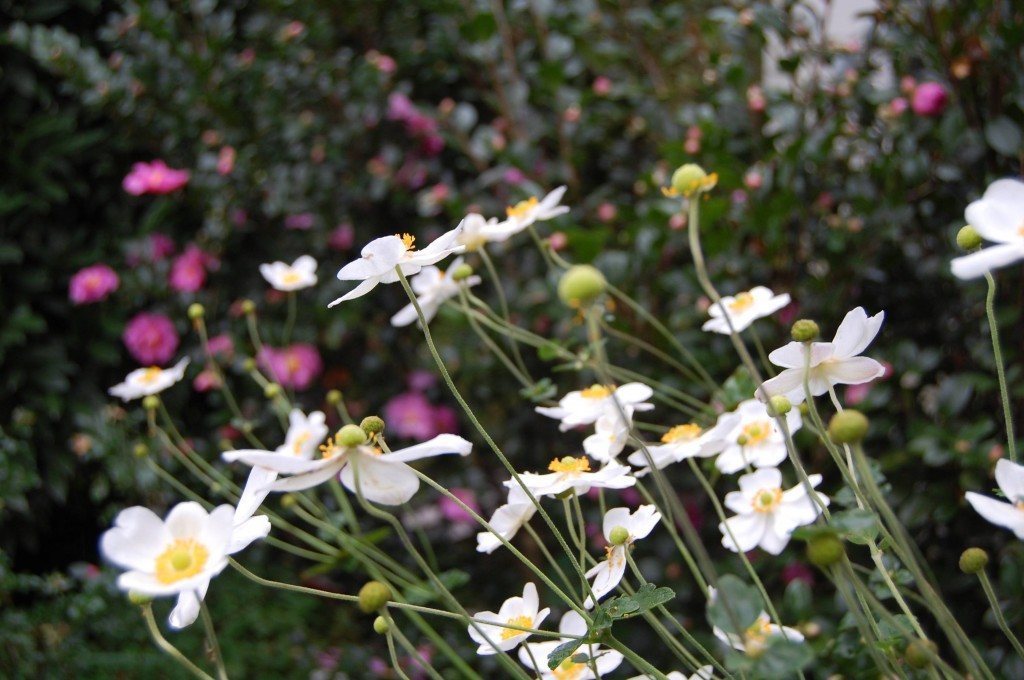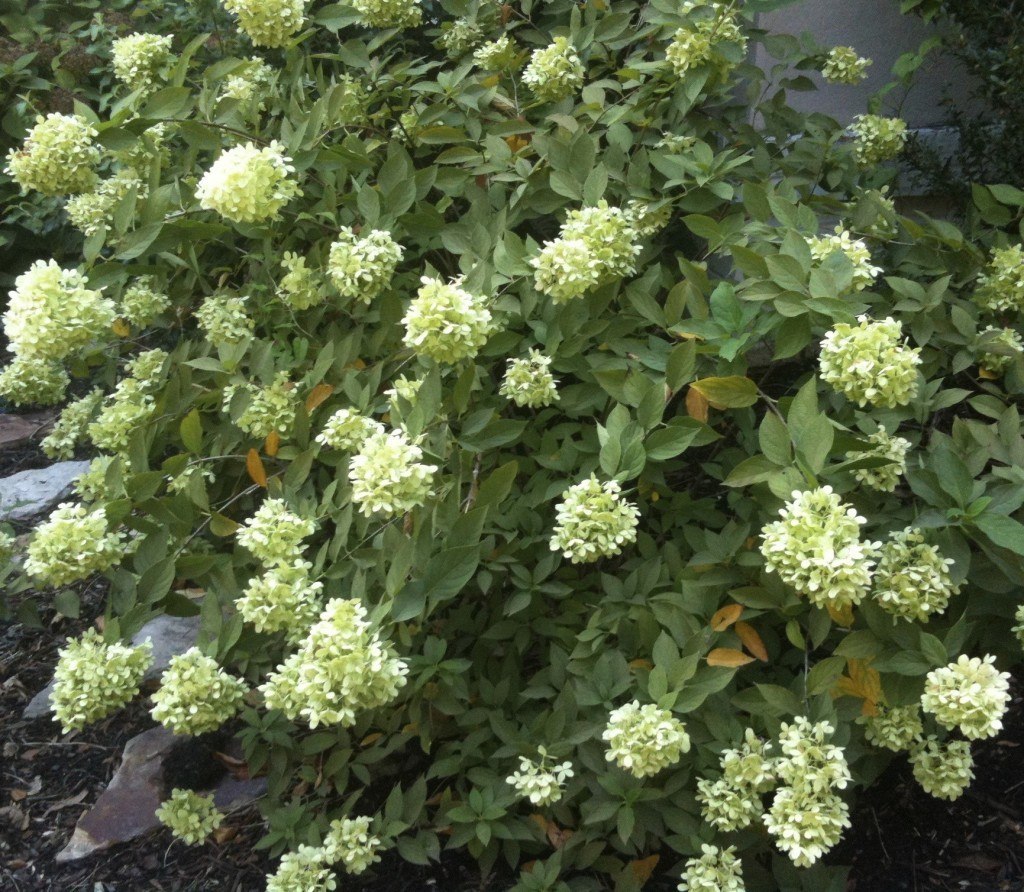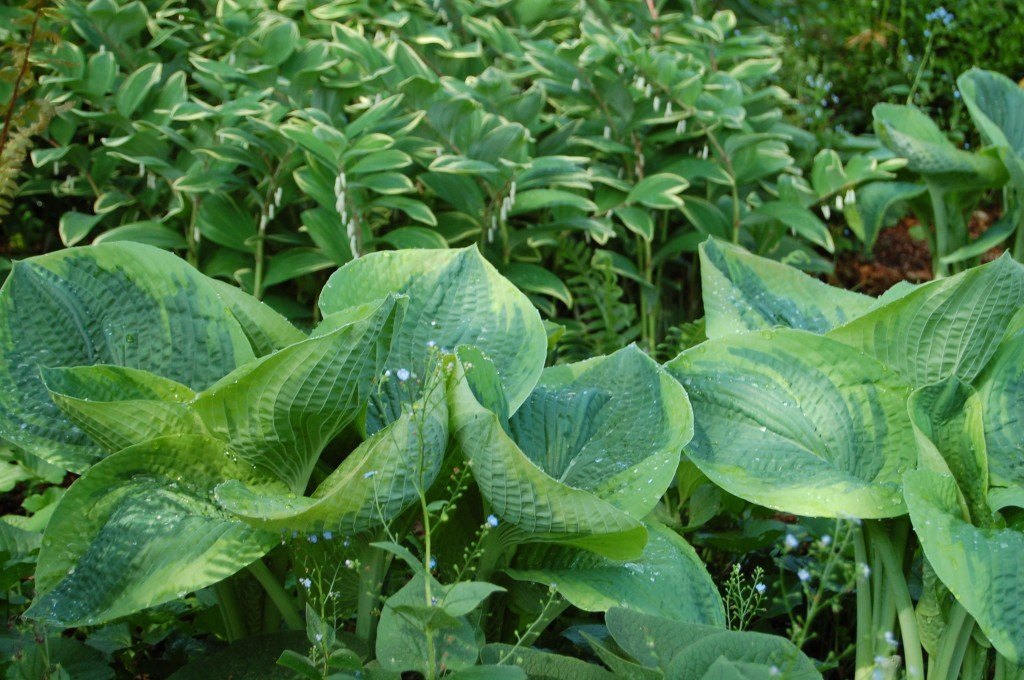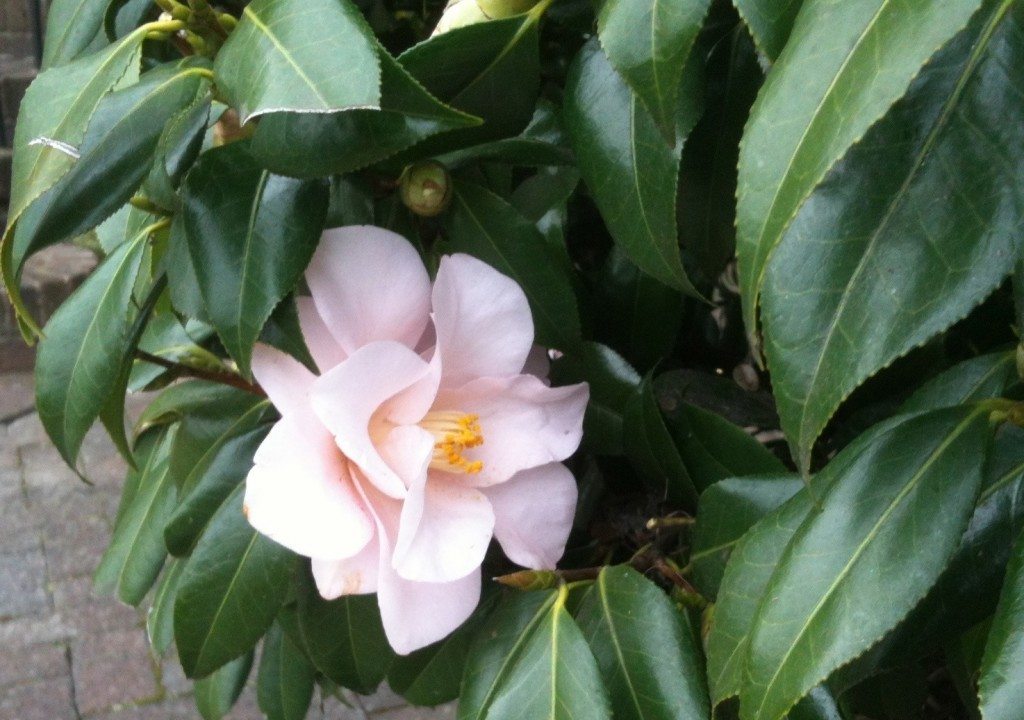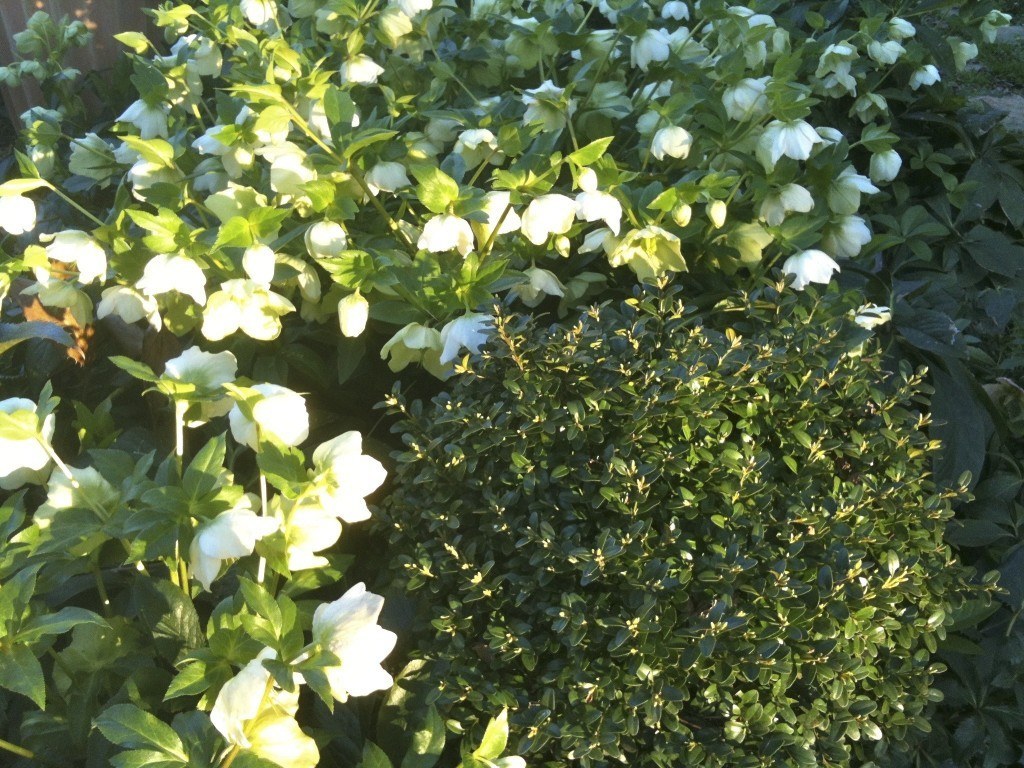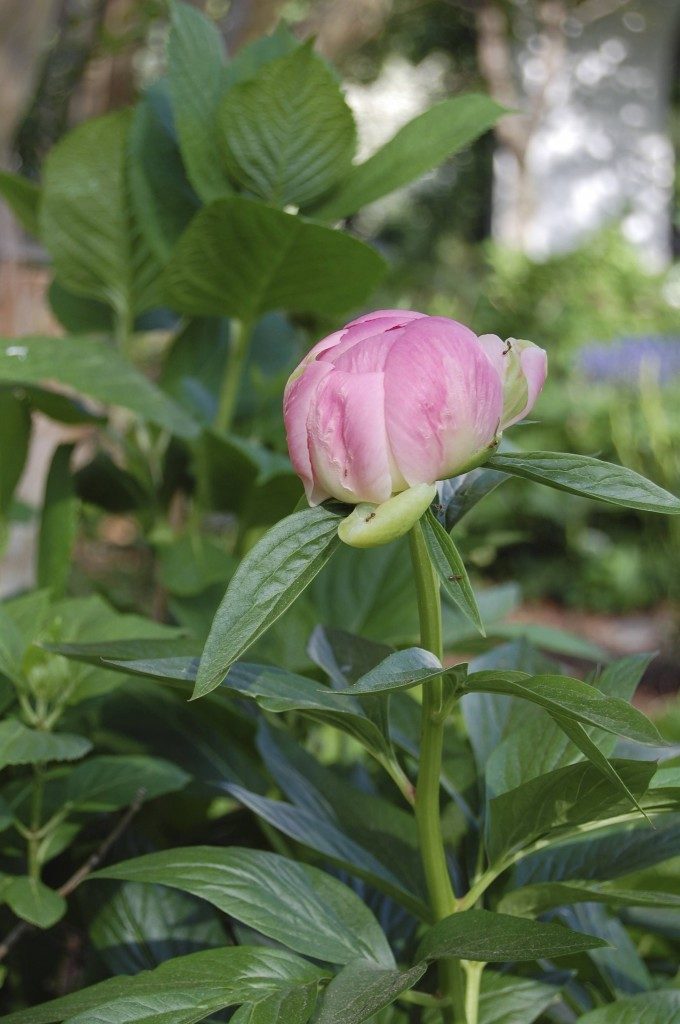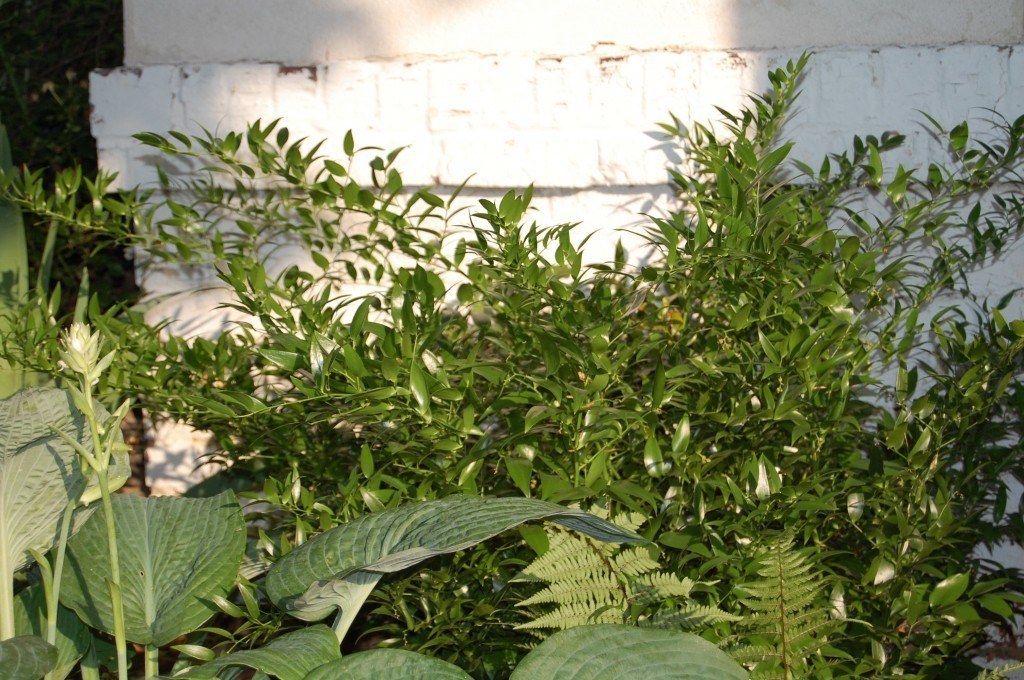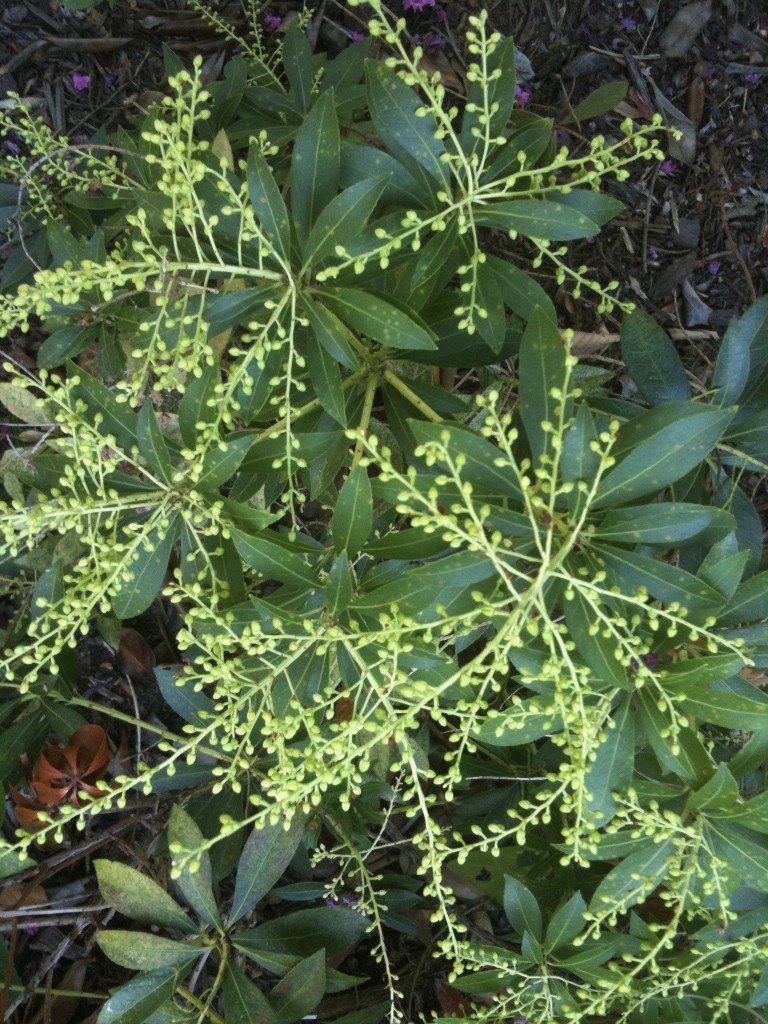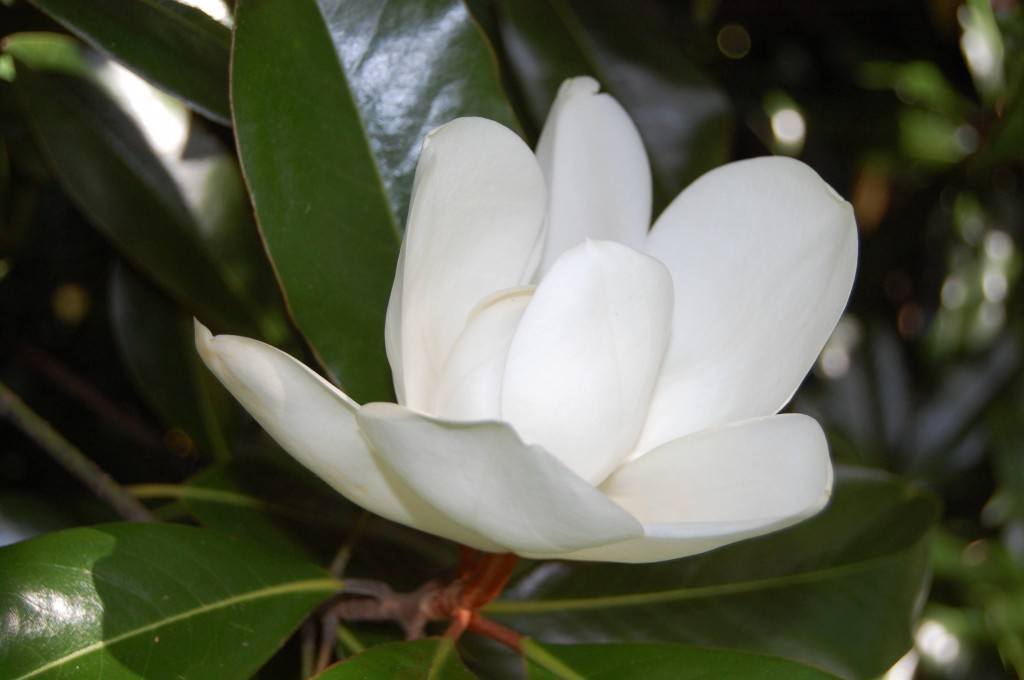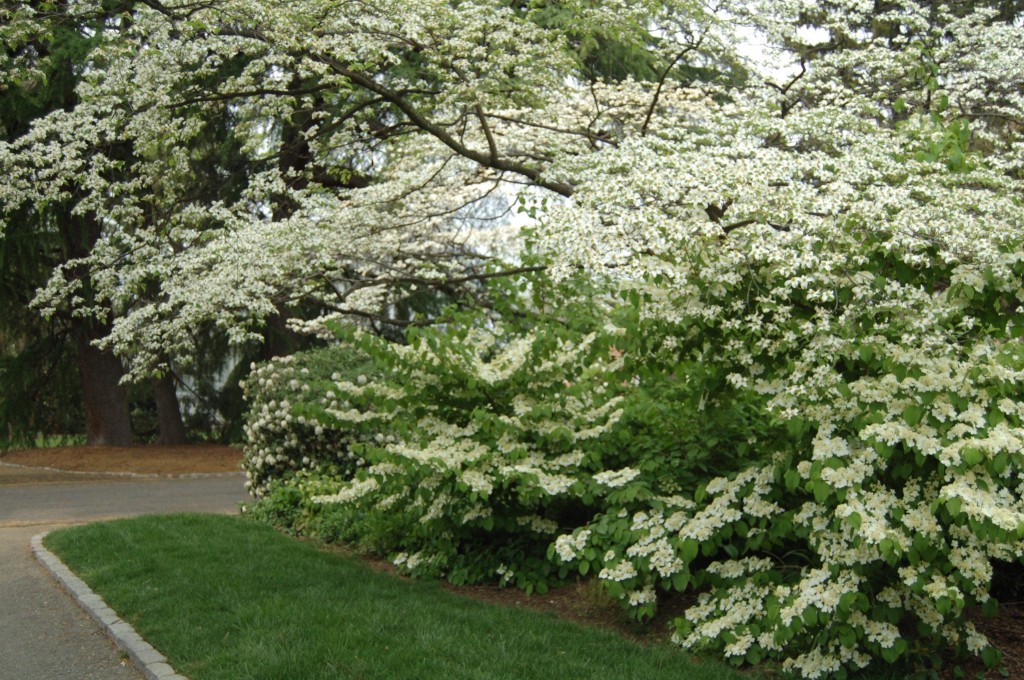
Winter took quite a toll on our gardens this year. On the plus side, we got a decent amount of rain/snow and the sustained low temperatures made for a delayed onset of mosquitos. But with the good comes the bad, and our Gardenias and Hydrangeas, among other plants, took it on the chin.
Well, that’s nature. Keeps us on our toes! Winter finally gave way to spring, and summer is almost upon us, so it’s time to:
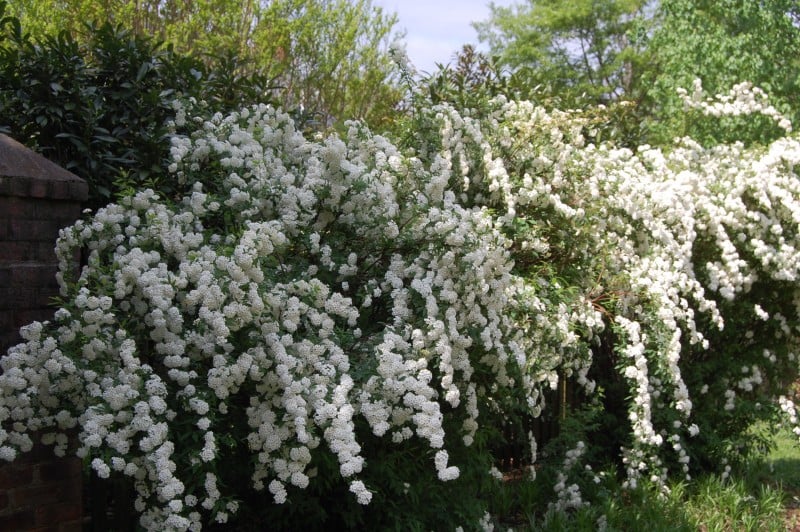
Prune spring-flowering shrubs, if needed. Most shrubs and trees that flower in spring (like the Vanhouteii Spirea above) begin to set their flower buds for next spring within 4 to 6 weeks of blooming. Thus, if you wait to prune the plant after that 4 to 6 week window, you will be cutting off next year’s blooms.
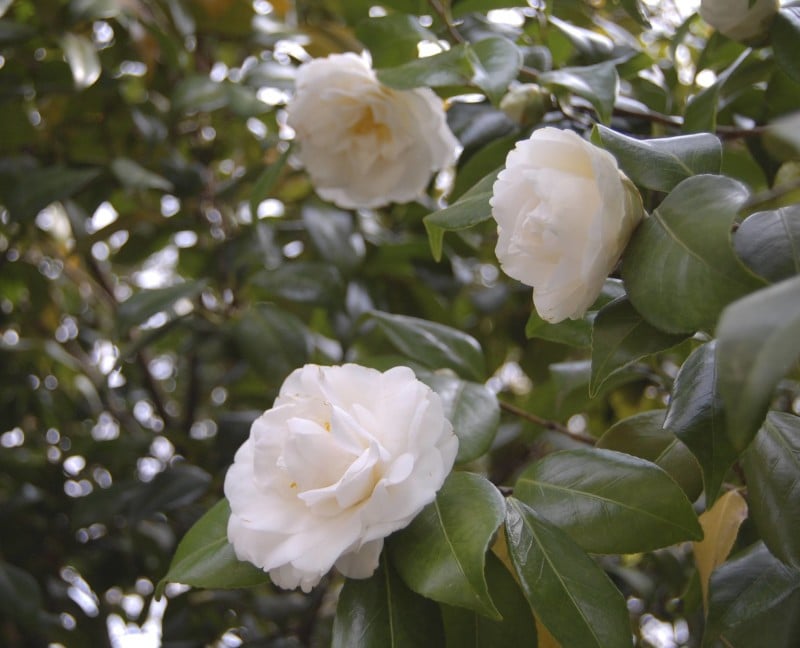
Only prune your shrubs if they need it to control size or to shape the plant or to remove dead or diseased branches. Use hand pruners, and be sure to take a branch all the way back to a lateral branch (vs. shearing all of the top growth). Camellias (above) need very little pruning, as they have a graceful growing habit. Mock Orange (Philadelphus coronarius, below) is a straggly grower, and can use more help. Mock Oranges are best planted toward the back of a mixed border where they recede after blooming.
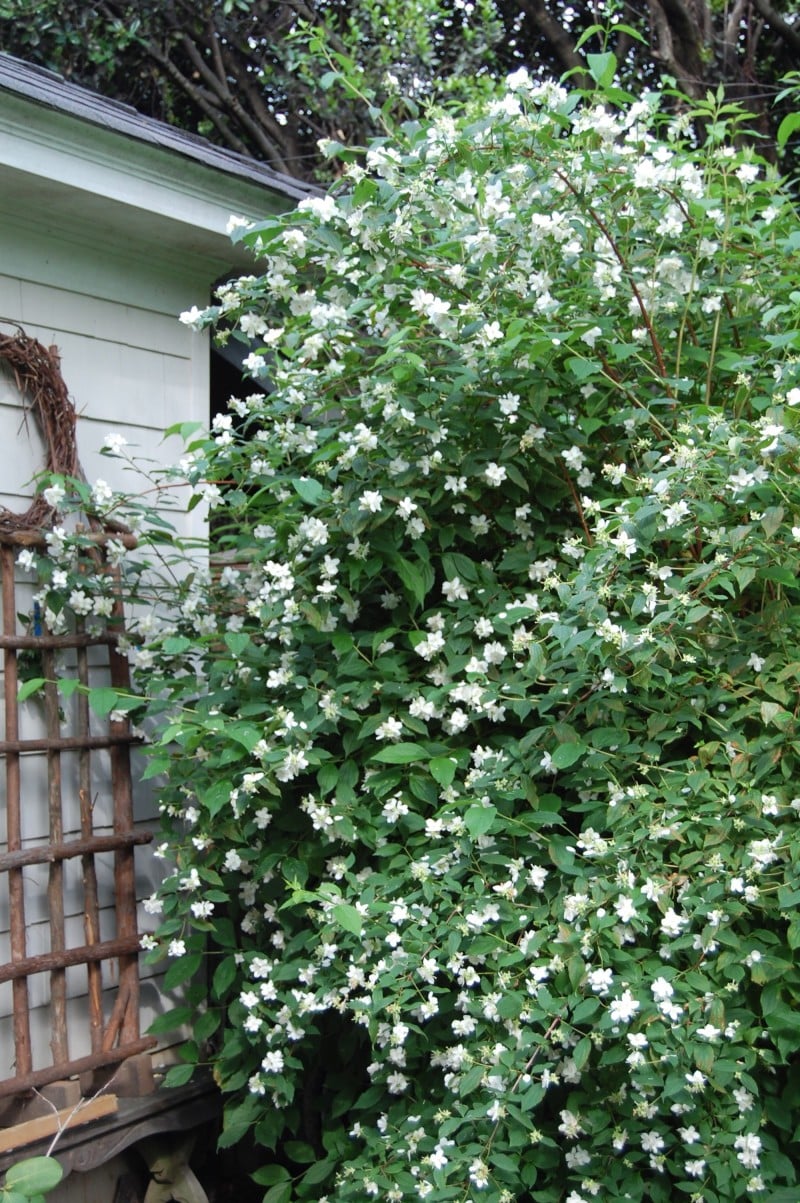
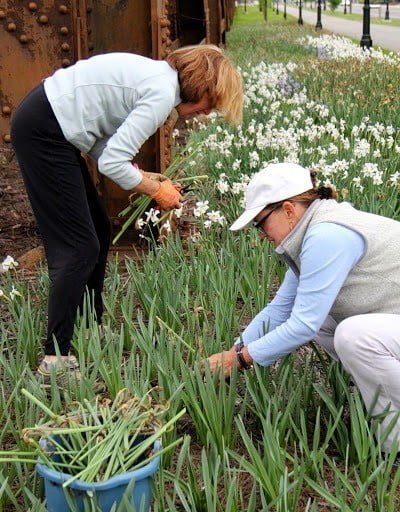
Cut back dying foliage of spring-blooming bulbs, including Daffodils, Tulips and Hyacinth. Capital Trees members Mary Anne Burke and Noni Baruch, above, deadhead the Daffodils planted along Dock Stree in Shockoe Bottom. Spanish Bluebells (beautifully photographed below by Helen Horseley) multiply over the years.
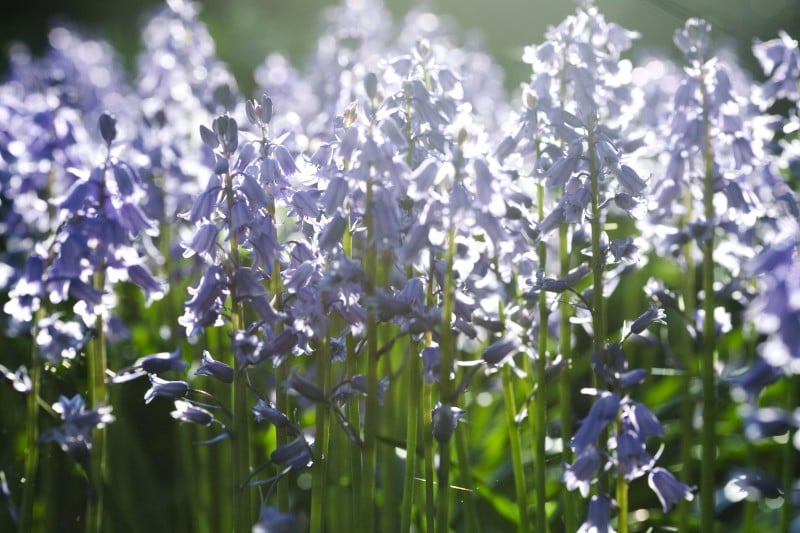
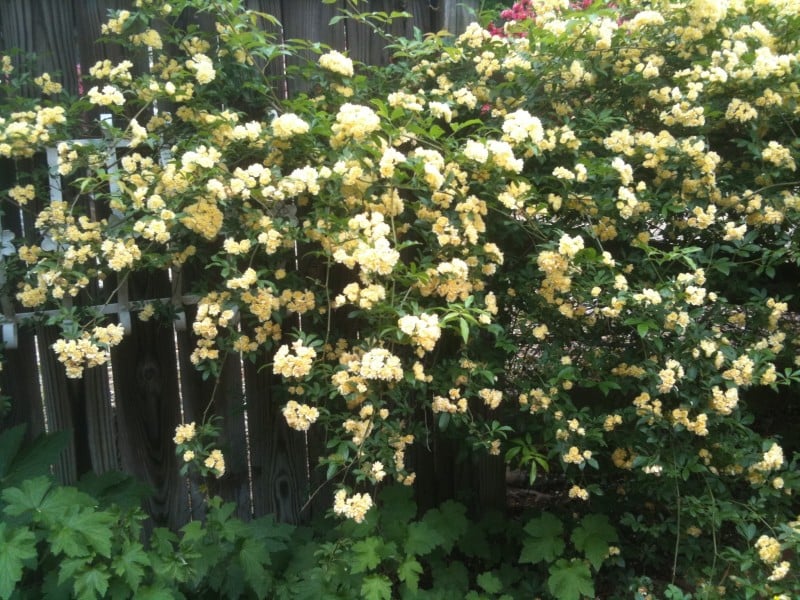
Cut out all rogue branches on your Lady Banks Rose. You can tell a rogue branch -or sucker – because it is thicker, straighter, and produces no lateral branches.
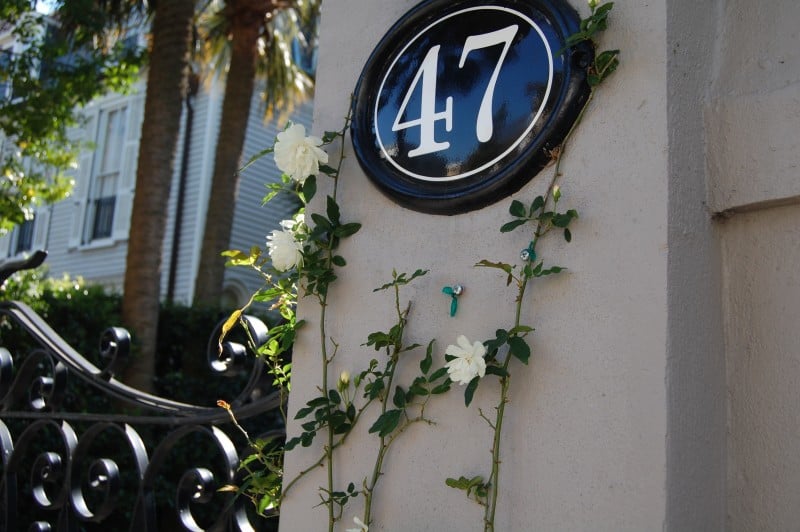
Continue to train other climbing roses. Don’t be shy about removing many older canes to allow for a lighter, more elegant climber, like the one in Charleston, above.
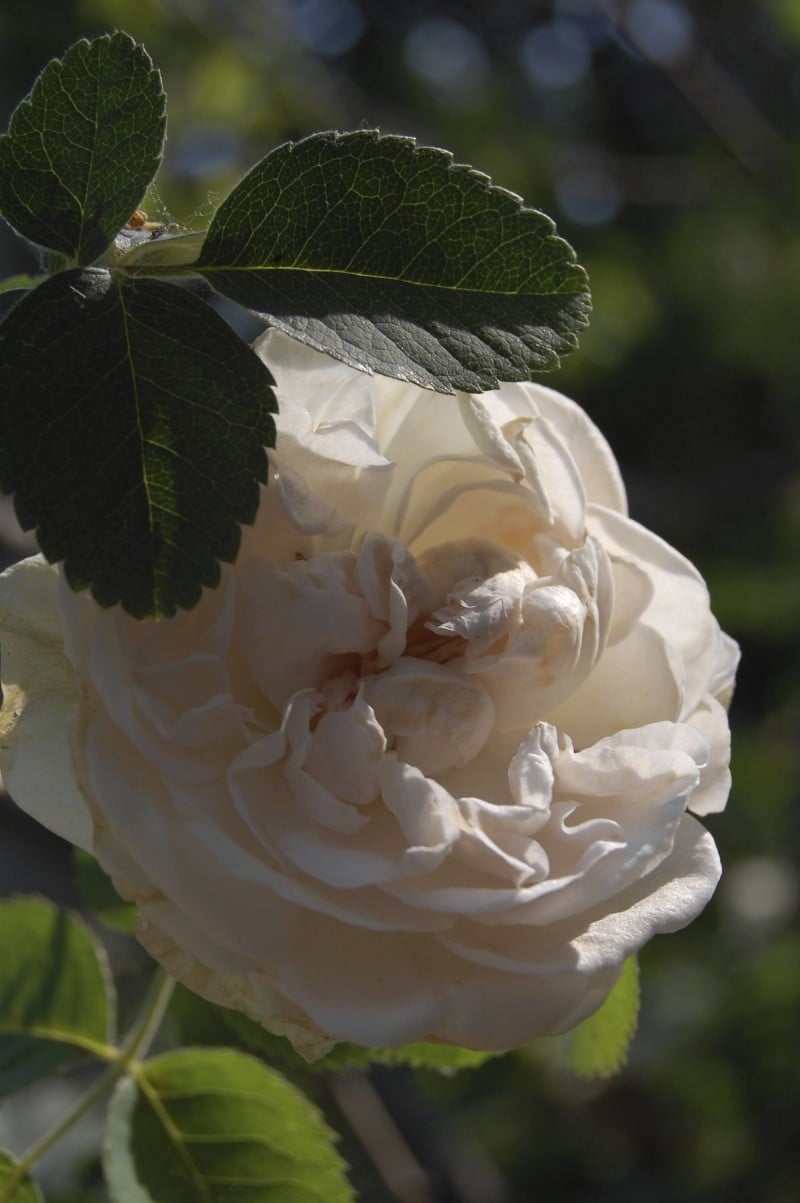
Continue to deadhead repeat-blooming shrub roses. Some of the heritage roses at Hollywood Cemetery, including the Doswell Rose, above, are still blooming. I did a blog post recently about the incredible treasure these roses are at the historic cemetery.
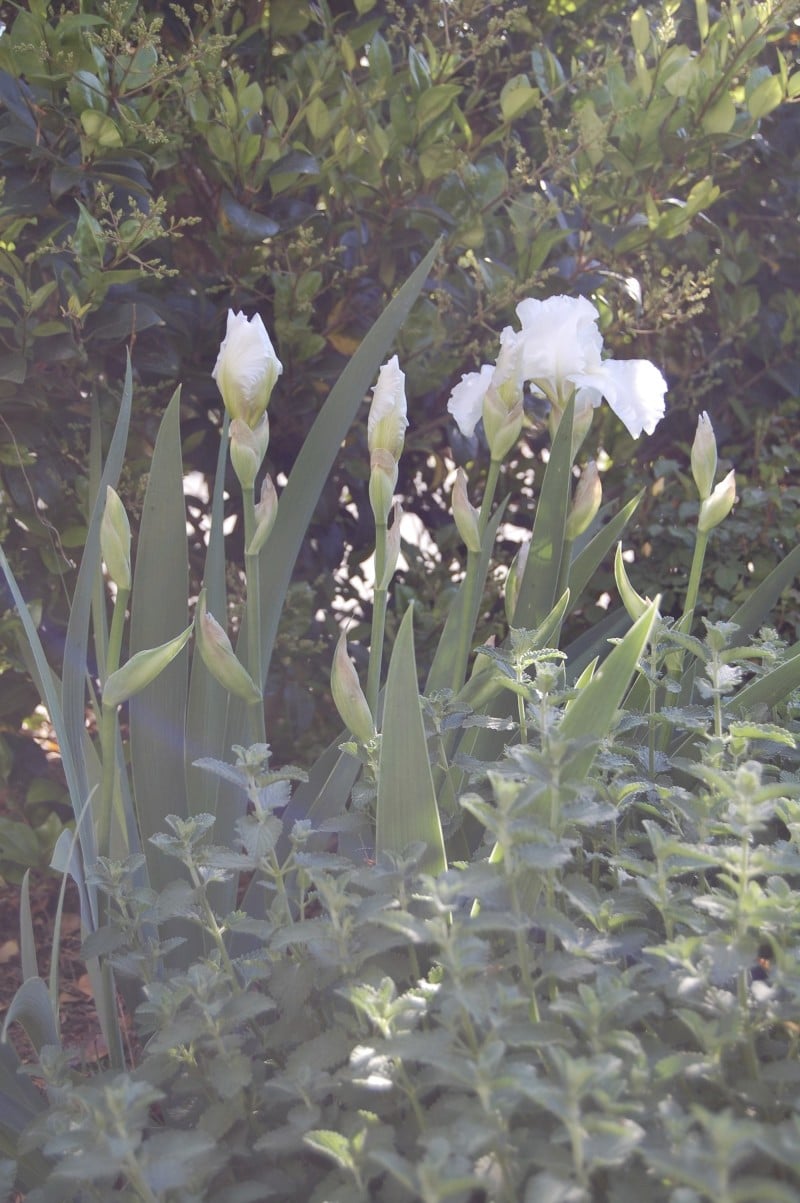
Remove spent flower stalks from perennials, such as Bearded Iris (Iris germanica), above, and Peonies (Paeonia), below. Some Bearded Iris will bloom again in late summer or early fall (wish Peonies did the same, alas).
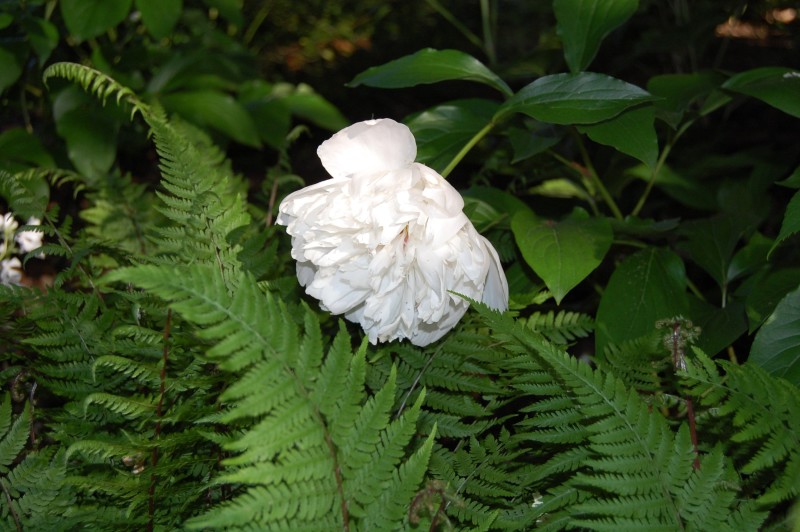
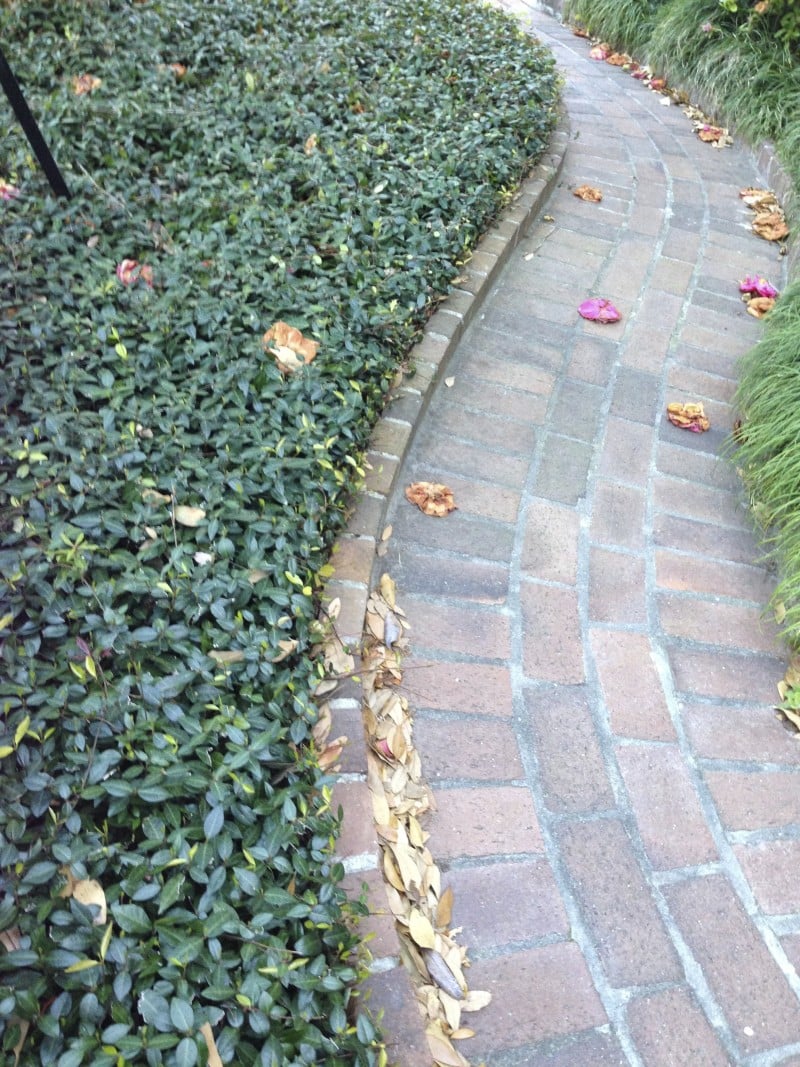
Keep Vinca minor (pictured above) and other aggressive ground covers, pruned for a neat appearance.
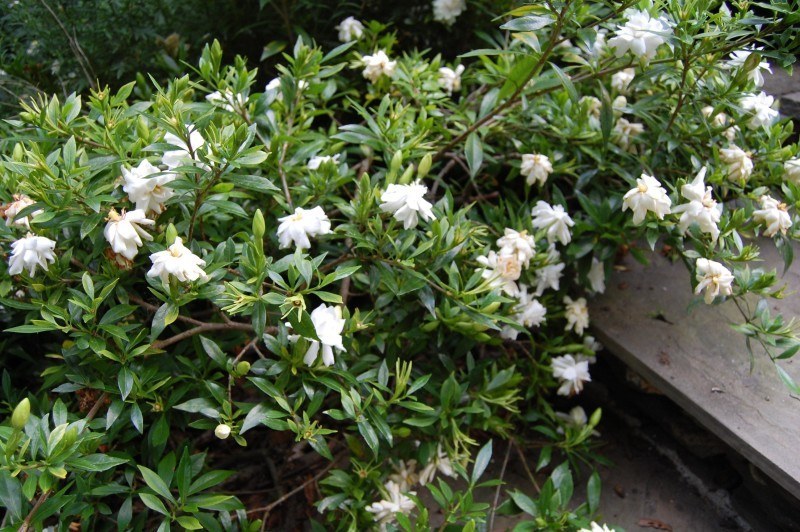
Most Gardenias did not fare well this winter. The Radicans Gardenia, (above, in my garden in better days) was pretty much nothing but bare branches at the start of spring this year. I shook out all the dead leaves, and waited. And waited. And now, it is producing new growth. It will be a long journey back, but it IS coming back. If your Gardenia suffered a similar fate, you may have already ripped out the compromised plant. If you kept it — whether due to hope and devotion, or due to benign neglect, it will hopefully reward you with rejuvenation.
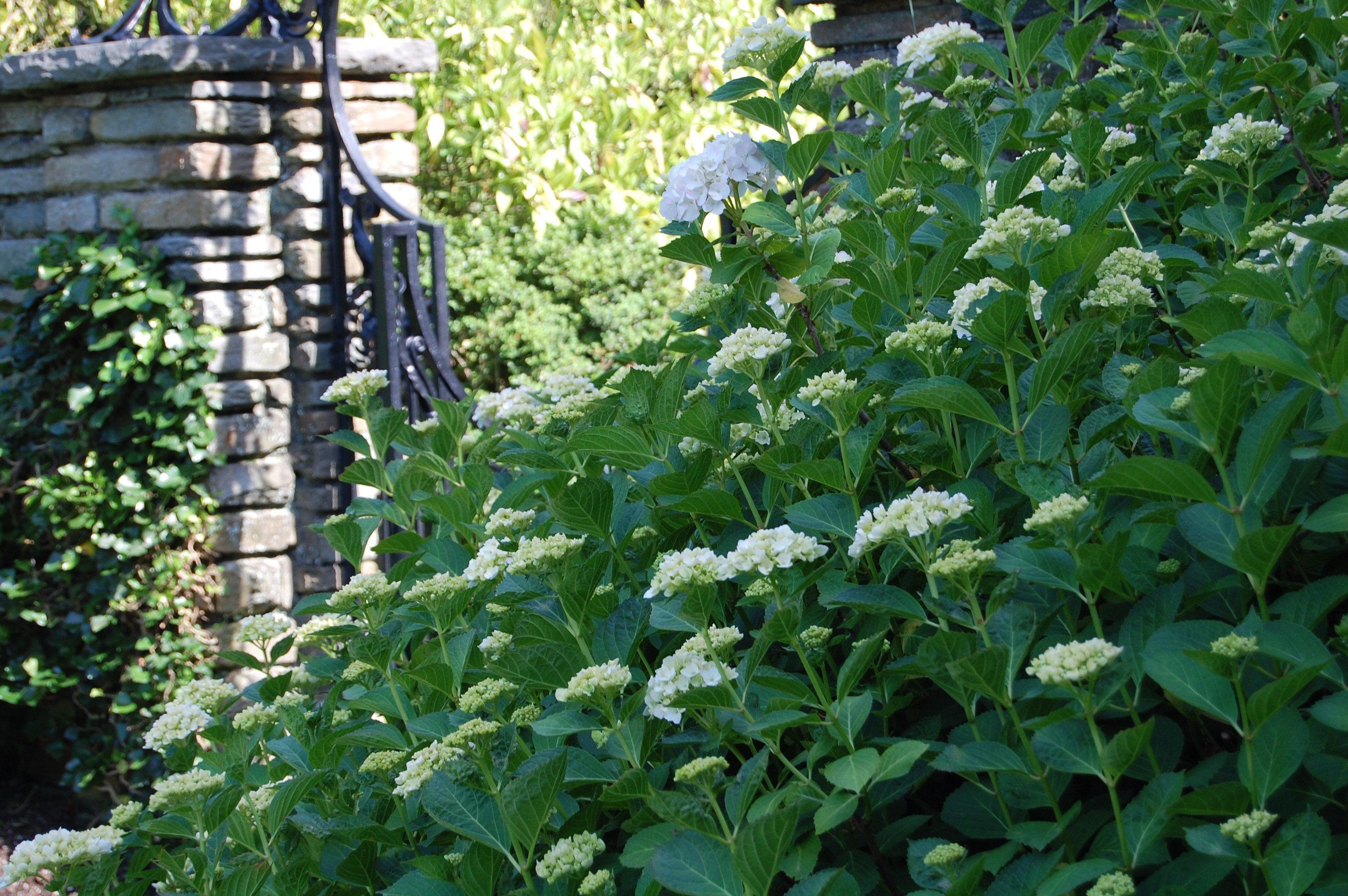
Hydrangeas also suffered from this winter’s harsh temperatures. Most Macrophyllas (your classic Mopheads, Lacecaps and newfangled repeat bloomers) died back to the base, or produced very little growth from existing branches. If you have not yet done so, go ahead and cut back to the ground the bare or sparsely producing branches and allow the plant to create new branches. You may get very little bloom this year, but the plants will rebound over time. Look at it as a forced reduction in size, something most Hydrangeas can use every few years.

Prune Climbing Hydrangea (Hydrangea petiolaris) after it finishes blooming. Climbing Hydrangea is not just for walls — it’s fun to let it scamper across a bed or a low stone wall, above.
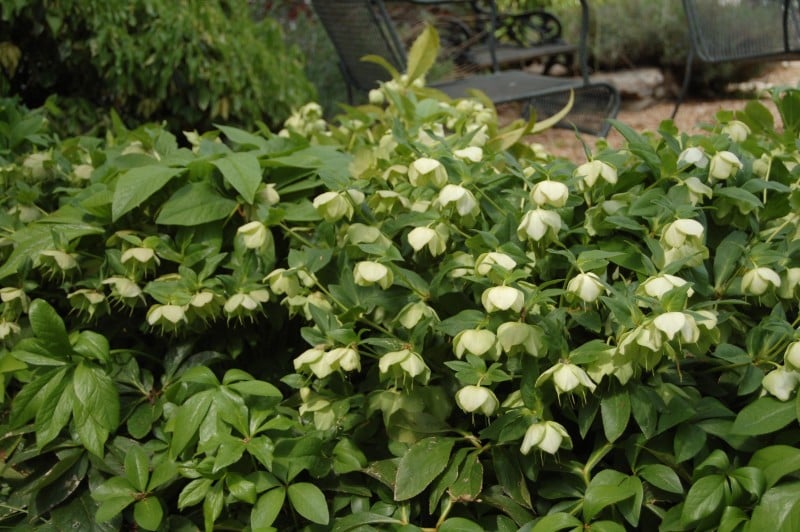
Most Helleborus blooms are beginning to brown. Cut the flower stalk off at the base. Also cut back any old leaves beginning to die off. Both Lenten Rose (Helleborus orientalis, above) and Stinking Hellebore (Helleborus foetidus, below) will generously self seed if not heavily mulched.
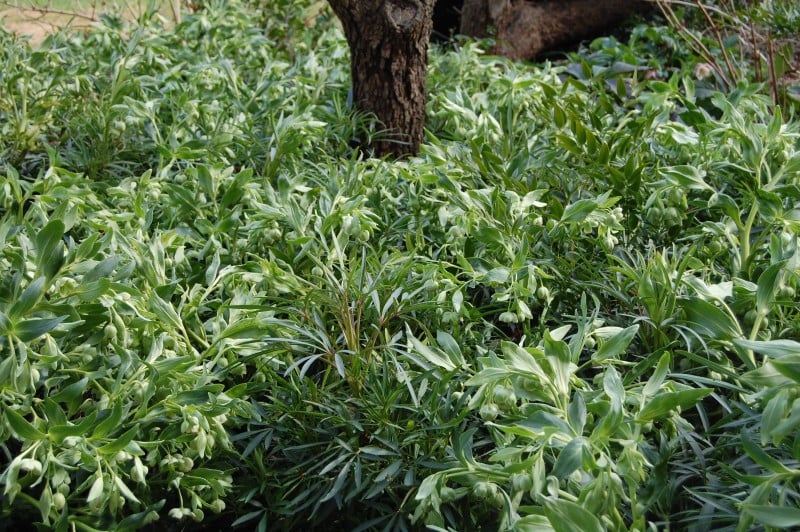
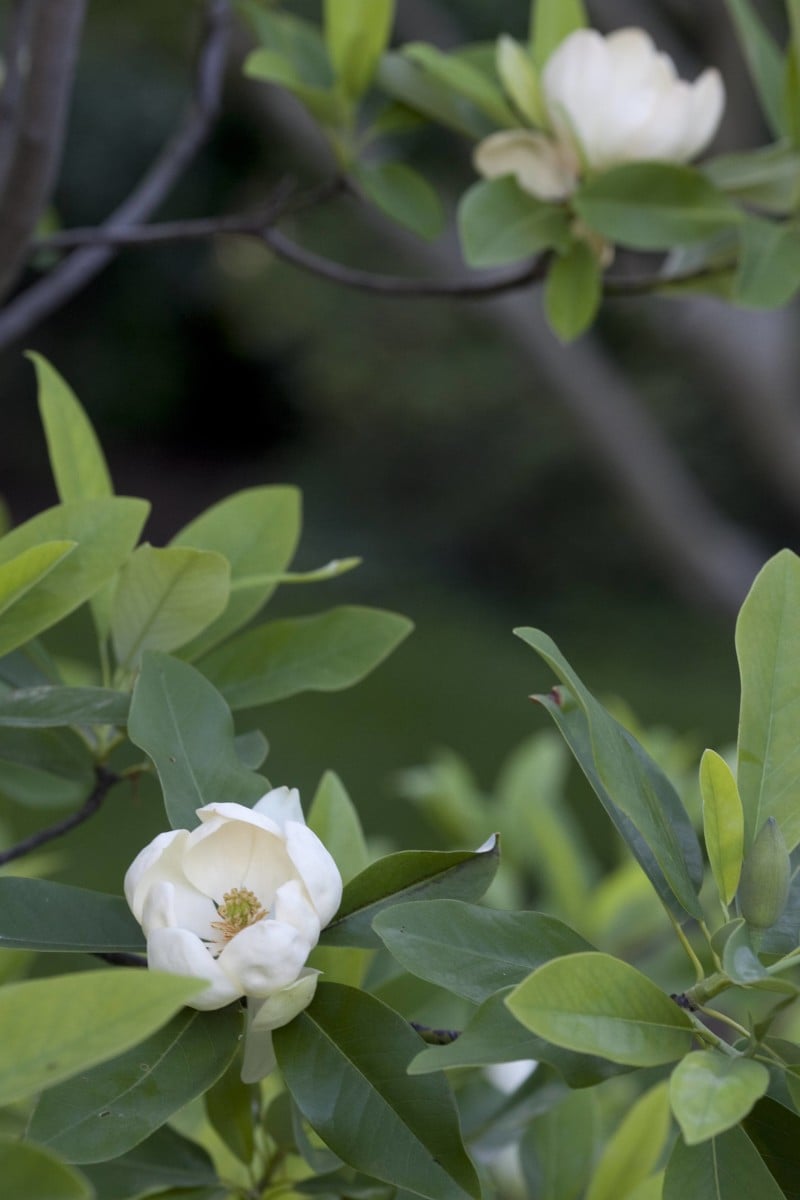
Prune multi-branch trees, such as Sweetbay Magnolias (Magnolia virginiana, above), Vitex (Vitex agnus-castus), Japanese Maple (Acer palmatum) and Serviceberry (Amelanchier, spp.) to open up the plant and assist in developing a beautiful shape, by cutting out any volunteer sports and straggly branches.
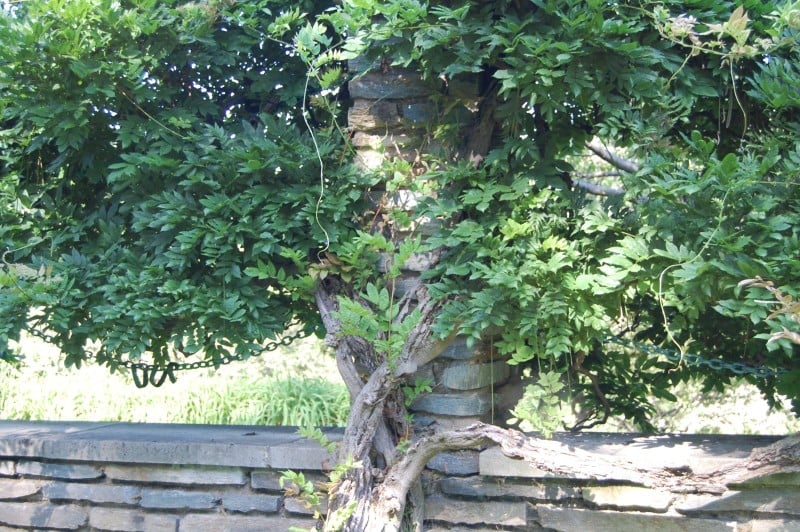
Prune Wisteria before it sets next year’s flower buds.
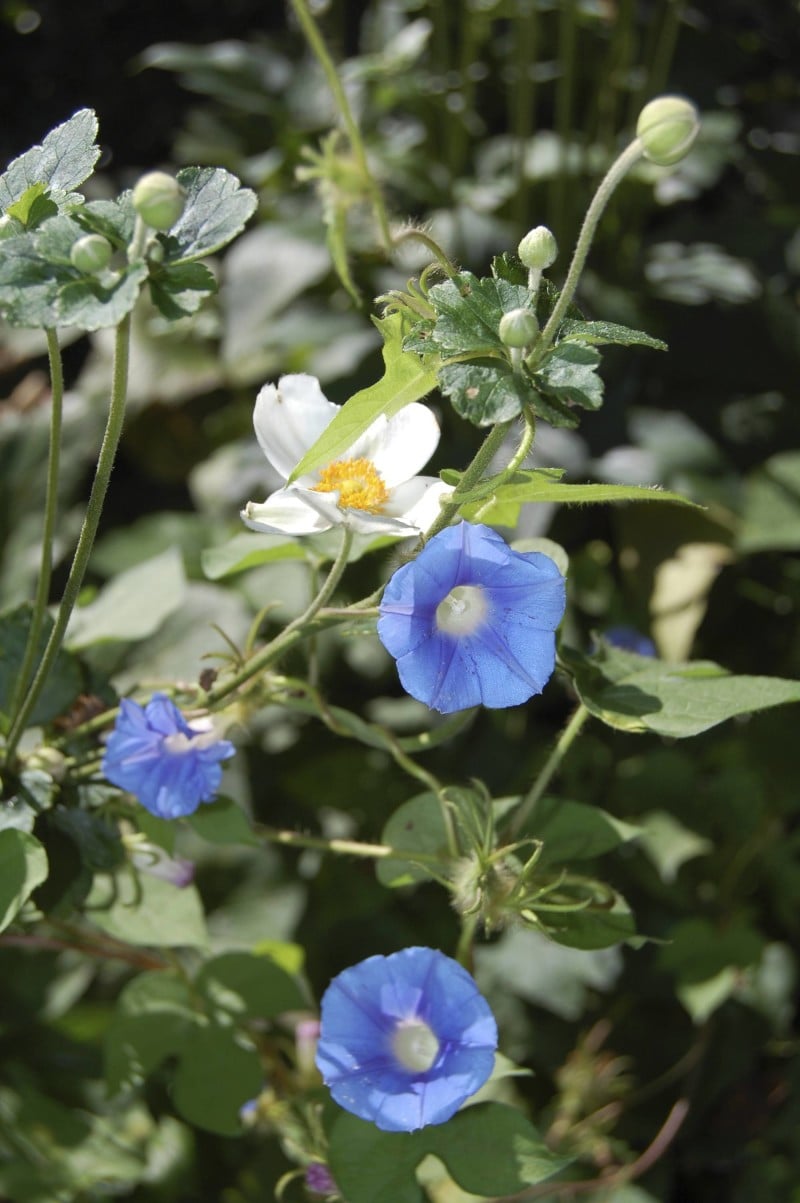
Consider planting Morning Glory seeds for old-fashioned late summer blooms. The vine twines through Japanese Anemone, above.

Plant fall-blooming bulbs, such as Colchicum autumnale, above, in areas where spring blooming plants such as Virginia Bluebells or Bleeding Heart go dormant. Plant the bulbs this fall. Foliage appears in spring, then bulbs go dormant, and blooms emerge in early fall.
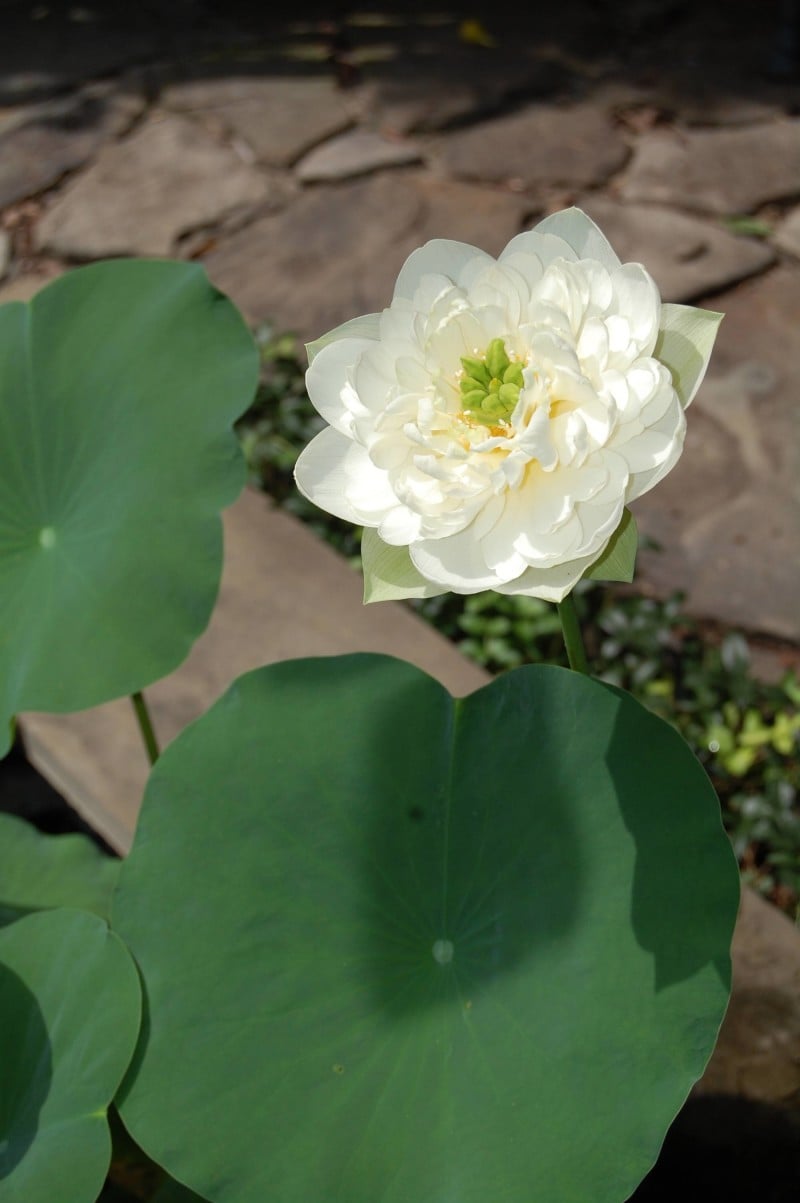
If you have a water garden, consider planting a Lotus (the native Nelumbo lutea). I’d given mine up for dead and yanked the empty pot (empty except for mud) this spring. As usual, my procrastination saved a life. I went to toss the pot last week and, lo and behold, new Lotus leaves were emerging. Can’t wait to see it bloom like it did last summer, above.

And finally. fill your containers with summer annuals, which will reward you until a hard frost. Be sure to regularly fertilize, as frequent watering depletes the nutrients from the soil. Fill “the can” with Iris, as was done at Long Vue in New Orleans, above — naturally fertilized! — or plant a window box with Begonia and Fern, as was done on Meeting Street in Charleston, below, Now, get out there and tame that garden!
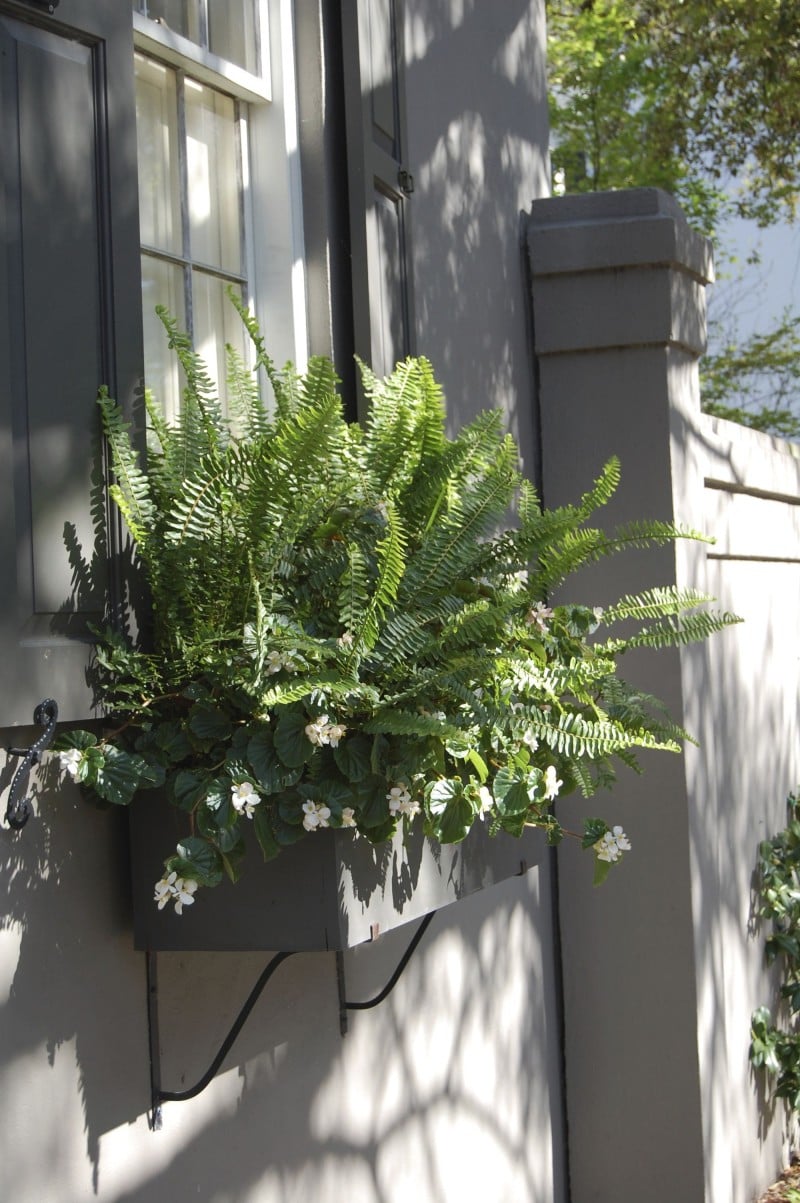
[custom-related-posts title=”Related Posts” none_text=”None found” order_by=”title” order=”ASC”]
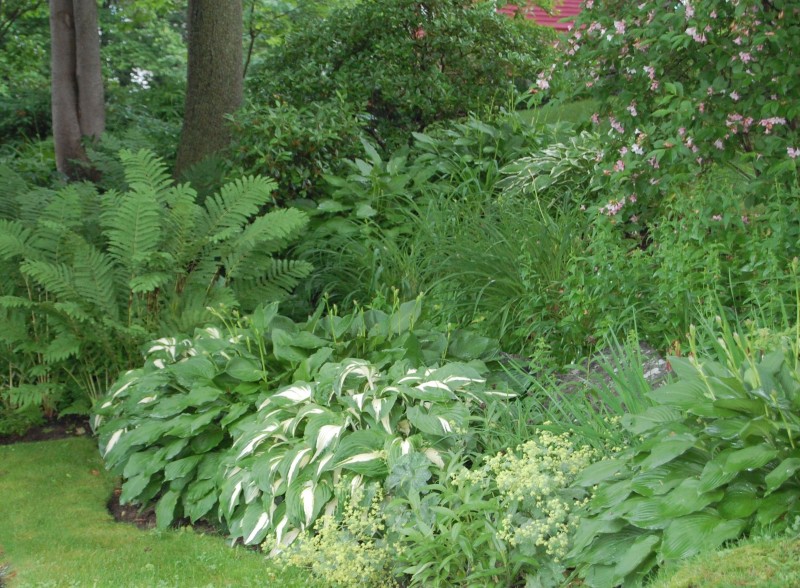
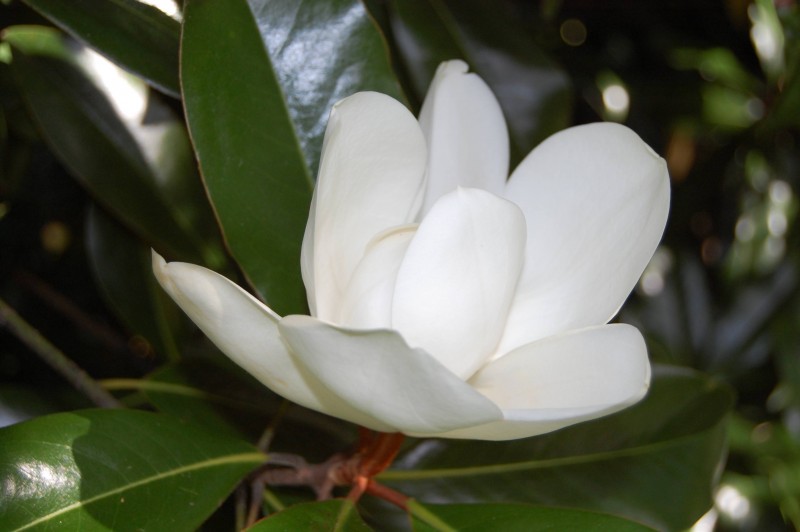
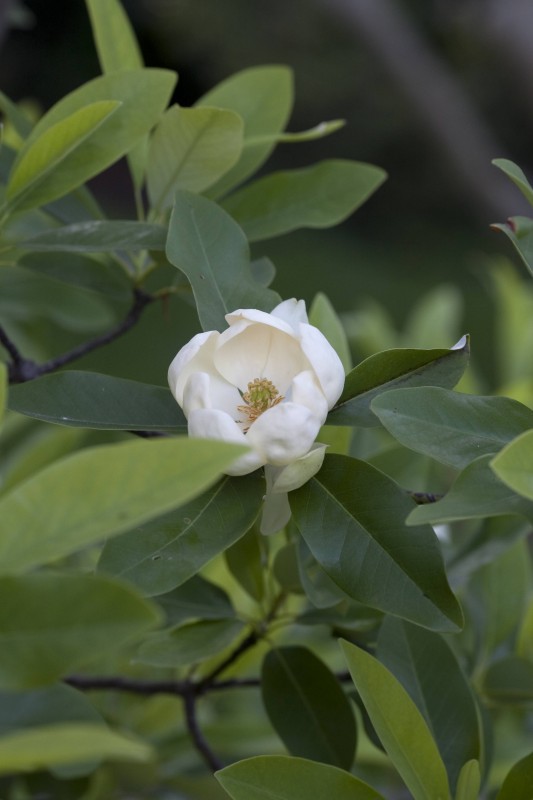
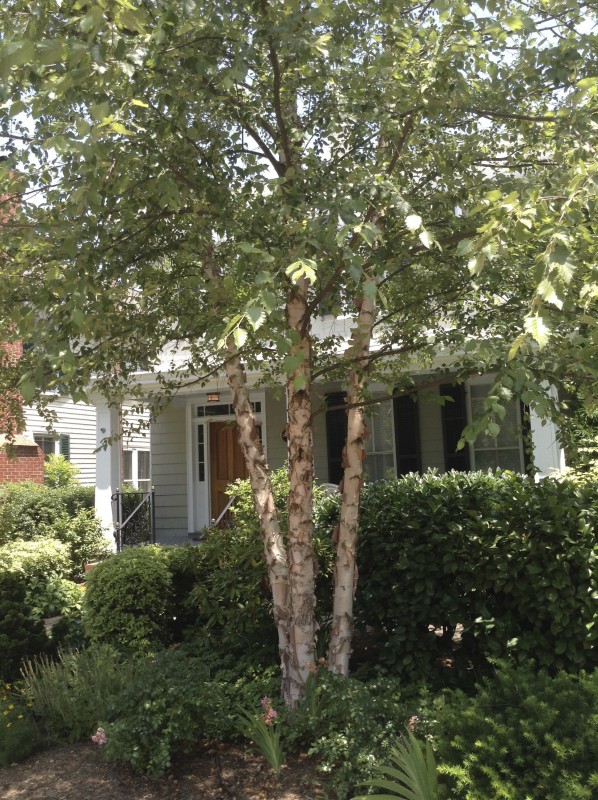

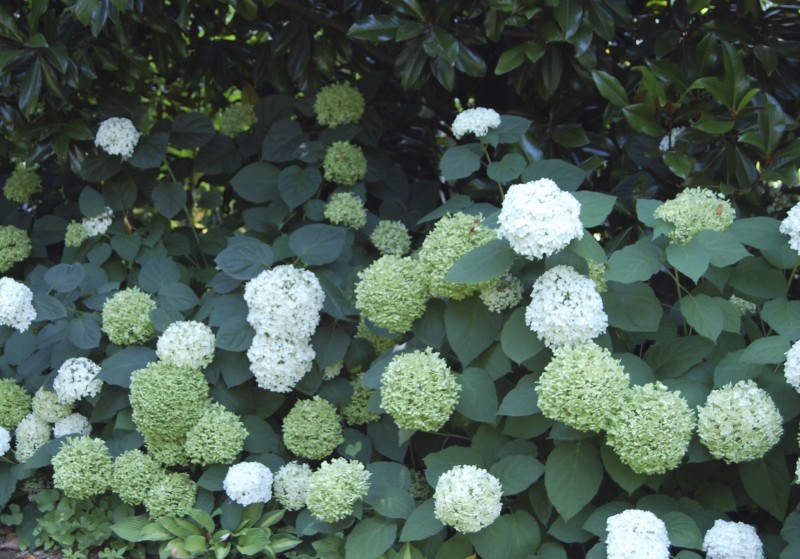
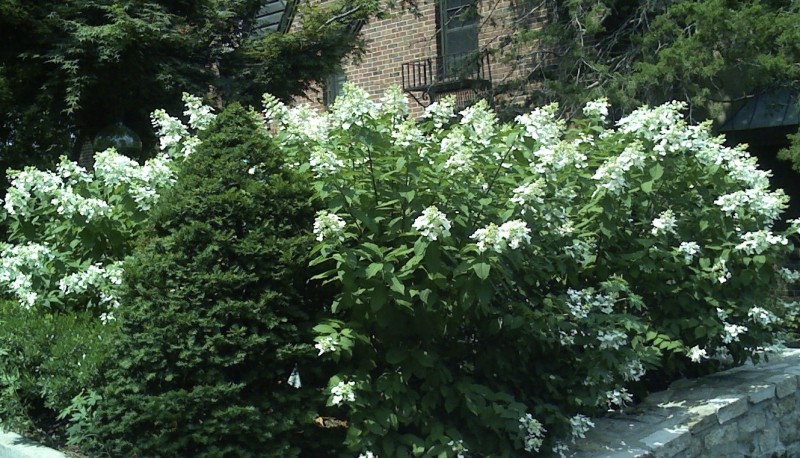
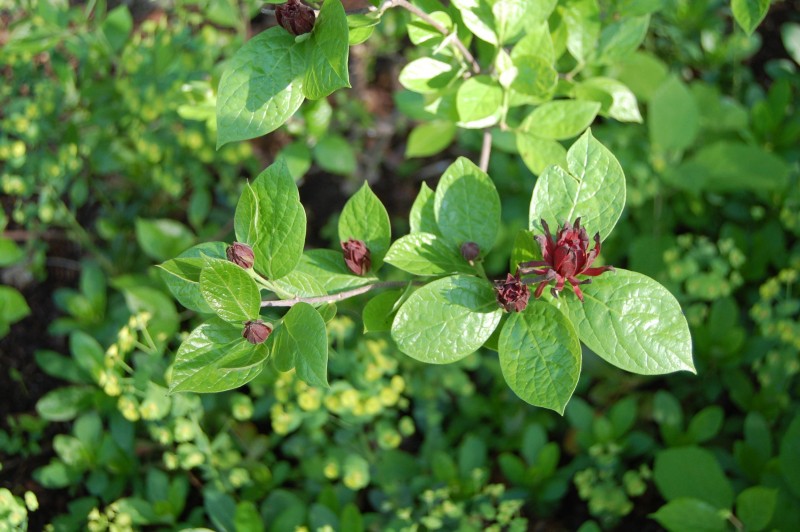
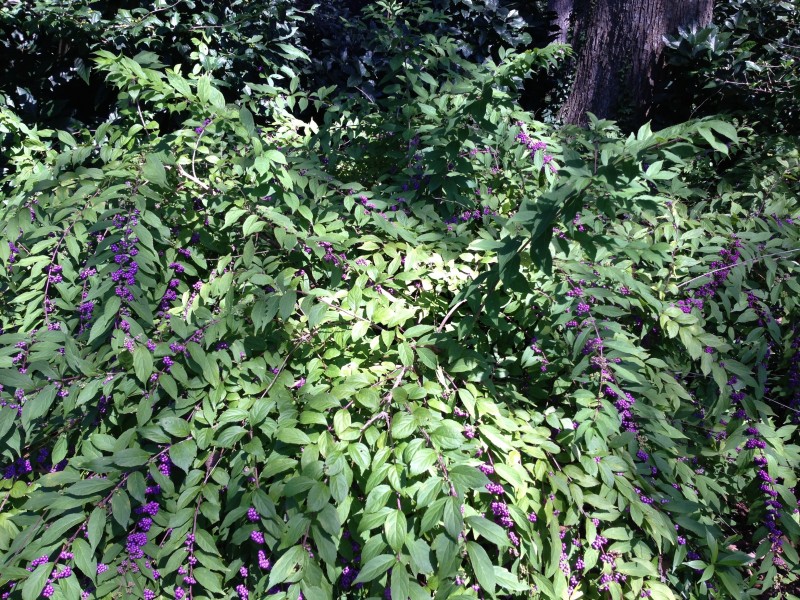

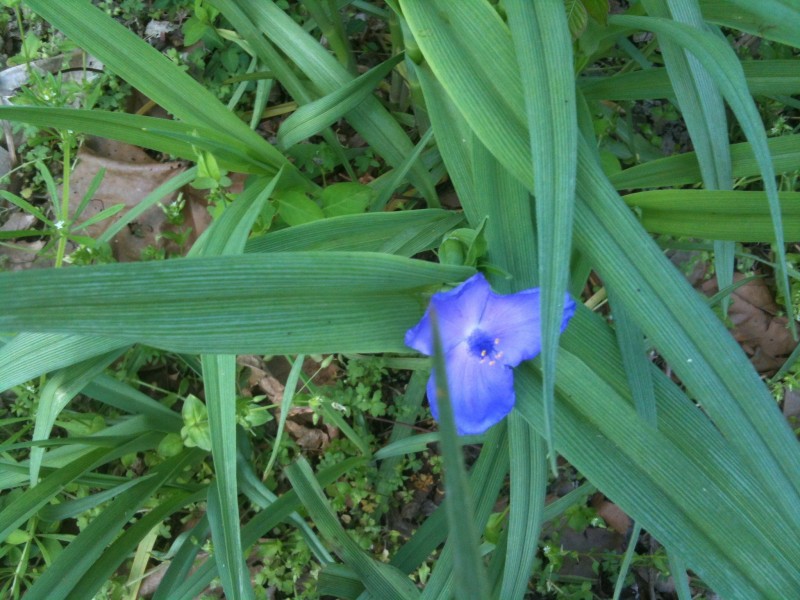
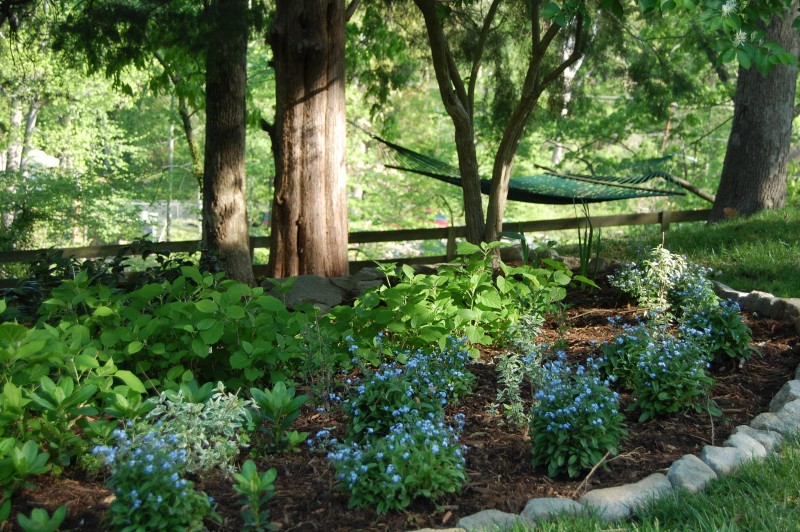
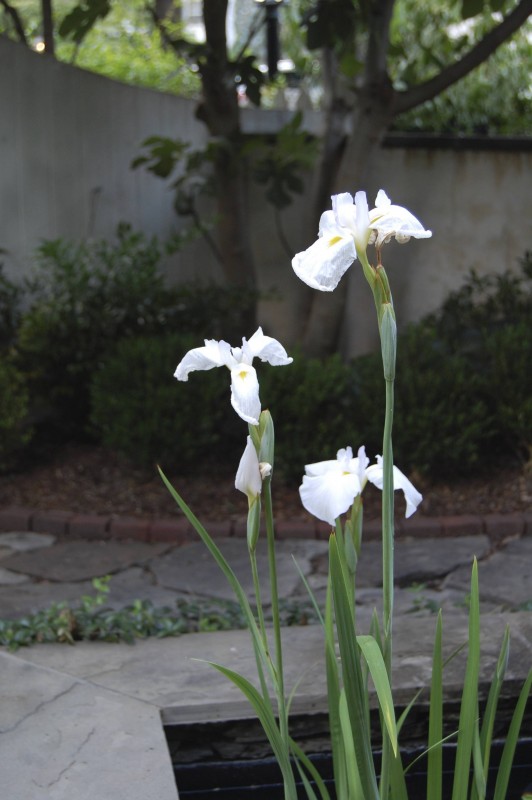
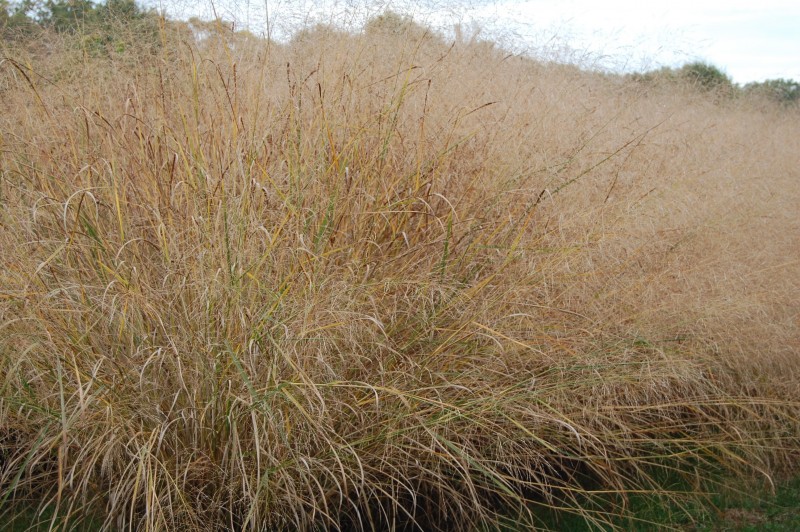
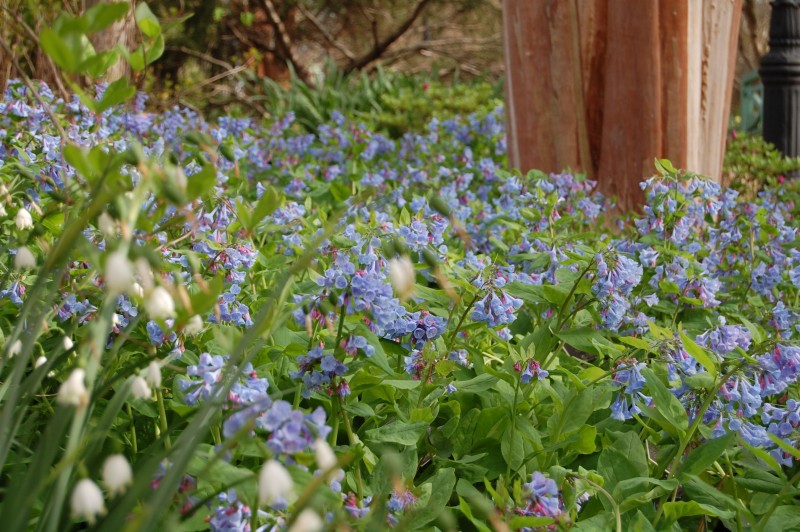 Mertensia virginica (Virginia Bluebell) is native to Virginia.
Mertensia virginica (Virginia Bluebell) is native to Virginia.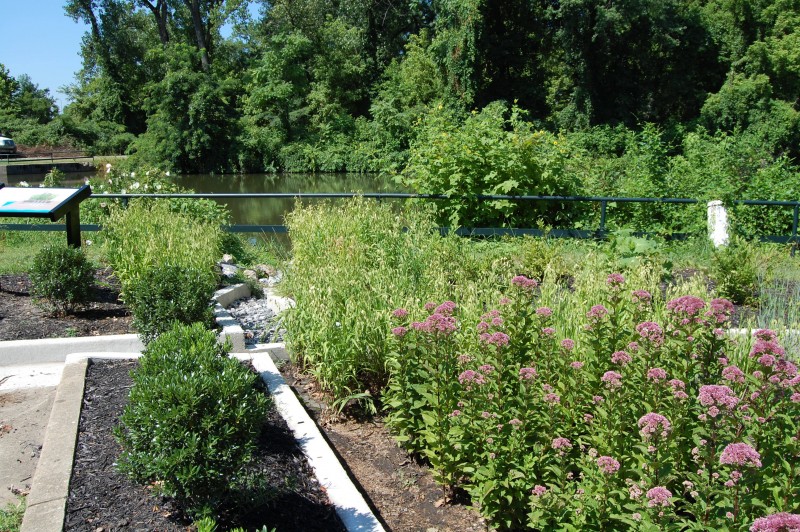 This rain garden (installed by Capital Trees as part of the renovation of Great Shiplock Park) filters polluted storm water from the park’s parking lot before it enters the historic James River and Kanawha Canal. Native plants, including Eutrochium purpureum (Joe Pye Weed), Chasmanthium latifolium (Northern Sea Oats) and Panicum virgatum (Switch Grass) thrive in the garden. Ilex glabra (Inkberry), Itea virginica (Virginia Sweetspire), Clethra alnifolia (Sweet Pepperbush) and Callicarpa americana (Beautyberry) — all native shrubs that tolerate wet soil– border the state-of-the-art biofiltration planters.
This rain garden (installed by Capital Trees as part of the renovation of Great Shiplock Park) filters polluted storm water from the park’s parking lot before it enters the historic James River and Kanawha Canal. Native plants, including Eutrochium purpureum (Joe Pye Weed), Chasmanthium latifolium (Northern Sea Oats) and Panicum virgatum (Switch Grass) thrive in the garden. Ilex glabra (Inkberry), Itea virginica (Virginia Sweetspire), Clethra alnifolia (Sweet Pepperbush) and Callicarpa americana (Beautyberry) — all native shrubs that tolerate wet soil– border the state-of-the-art biofiltration planters.


